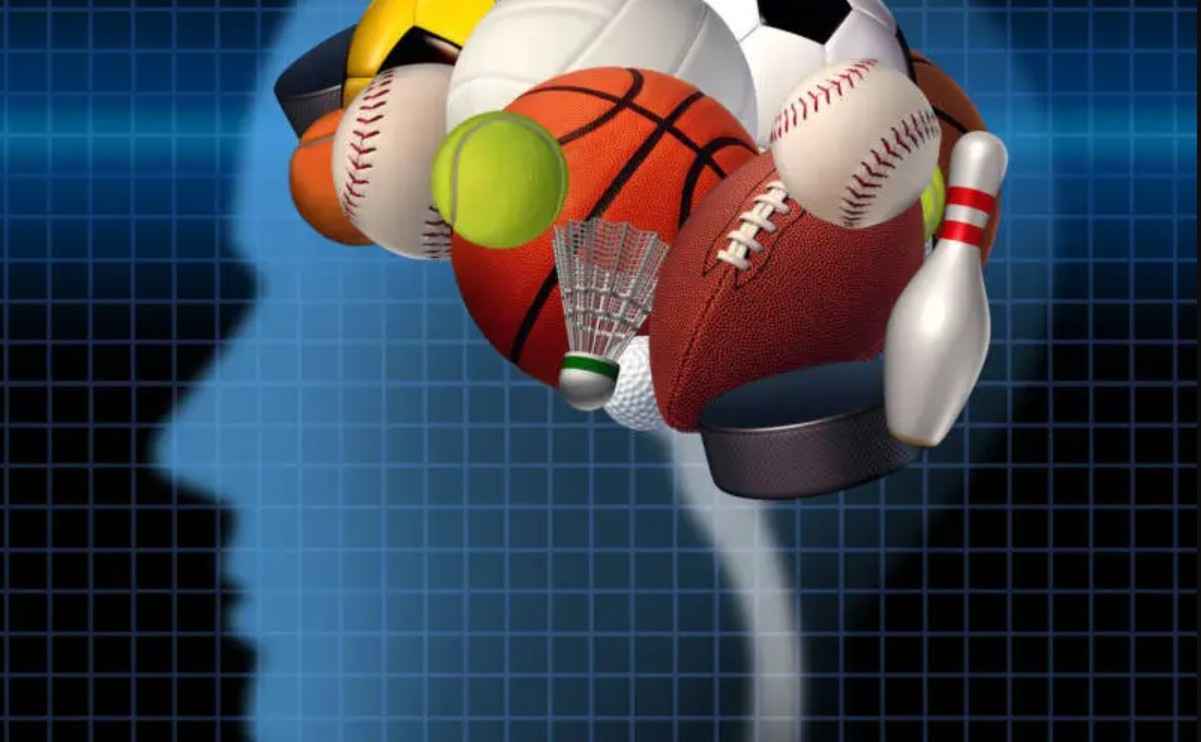In sports, moments of intense pressure often separate the good athletes from the great. Whether it’s sinking a game-winning shot in basketball, scoring a decisive goal in soccer, or making a critical serve in tennis, some athletes seem to thrive when the stakes are highest. This ability, often referred to as “clutch performance,” has fascinated fans, coaches, and scientists alike. But what exactly makes some athletes excel under pressure while others falter?
Understanding ‘Clutch Performance’
Clutch performance refers to an athlete’s ability to deliver their best when it matters the most—typically during high-pressure situations or critical moments in competition. While it might seem like an innate talent or a gift, research shows it’s actually a complex interplay of psychological, physiological, and situational factors.
The Role of the Brain: Focus and Emotional Control
At the core of clutch performance is the brain’s capacity to manage stress and maintain focus. When faced with pressure, the body’s natural “fight or flight” response releases adrenaline and cortisol, which can either sharpen attention or cause anxiety and distraction.
Studies using brain imaging show that elite athletes have greater activity in the prefrontal cortex—the area responsible for decision-making and emotional regulation—allowing them to stay calm and focused. They’re better at tuning out distractions and controlling negative emotions like fear and self-doubt.
Training the Mind: Psychological Techniques
Many athletes use mental training techniques to boost clutch performance. Visualization, mindfulness meditation, and controlled breathing exercises help manage stress responses and build confidence.
For example, visualization allows athletes to mentally rehearse high-pressure scenarios, making the actual moments feel familiar and less intimidating. Mindfulness practices teach athletes to stay present, reducing anxiety about future outcomes.
Physical Conditioning and Muscle Memory
Physical preparedness also plays a crucial role. When athletes are well-trained, their actions become automatic through muscle memory, reducing the cognitive load during pressure moments. This automaticity helps prevent overthinking and hesitation, which often lead to mistakes.
Examples from Sports History
The sports world is filled with iconic clutch moments. Michael Jordan’s legendary game-winning shots, Serena Williams’ championship point serves, and Lionel Messi’s last-minute goals all exemplify clutch performance. These athletes combine physical skill with mental toughness to rise above pressure.
Can Anyone Become Clutch?
While some athletes may have a natural predisposition for clutch moments, research suggests that with the right training, many can improve their ability to perform under pressure. Building mental resilience, practicing under simulated pressure, and developing routines can help athletes become more clutch.
Conclusion
Clutch performance is not just luck or talent; it’s a science involving the brain, body, and mindset. Understanding how athletes manage pressure can help not only sports professionals but anyone seeking to perform at their best when it counts. Whether on the field, in the boardroom, or during life’s big moments, the lessons from clutch athletes offer valuable insights into human potential.



